Review: Cricket MSGM8 II
Sep 23, 2010, 8:19 PM by Philip Berne
The Cricket MSGM8 II is an inexpensive phone with a full QWERTY keyboard. Does it make too many sacrifices to cut costs?
Form
Is It Your Type
Is It Your Type?
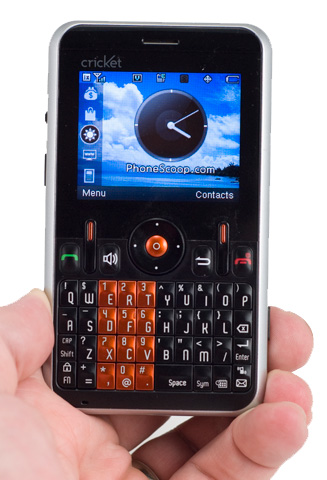
The Cricket MSGM8 II, one of the first phones on the U.S. market from Chinese manufacturer ZTE, is a super-simple QWERTY phone available at a bargain price without a contract from Cricket. The phone is aimed at basic calling and texting users, but it does have a scant few extras thrown in, to boot.
Body
In terms of the hardware design, the Cricket MSGM8 II is an odd mix of parts that feel cheap and parts that have a quality feel. The phone is not large, but it's thick and a bit bulky. It's comfortable to hold with its extra girth, but its light weight combined with the extra shiny metal and plastic bits make the phone feel cheap. That's fine, since the phone is launching for $60 with no contract agreement, and otherwise the build quality seems solid. The phone has a nice soft touch finish paint job on the back. The buttons all seem solid and the port covers for the miniUSB and 2.5mm headphone port feel sturdy enough to last more than a few months. The phone has no expandable memory, so there's no microSD card slot to find.
The phone has a full QWERTY keyboard up front beneath a 2.2-inch screen. In between, there's a set of navigation buttons. You get a 4-way button, two soft keys, Send and End buttons as well as Back and a dedicated speakerphone / voice dialing button. It's a fine assortment, I especially like having a voice dialing shortcut key. The soft keys have plastic decorative accents that extend downward and get in the way when you're trying to feel the buttons by touch.
Instead of a volume rocker, the phone gets a spring loaded switch that you can flick up or down, and press to click. It would be a nice addition if the phone interface was designed around fast up and down movements the switch can make. Instead, the main menu screen is a grid, better for the 4-way button, and the switch doesn't work on some of the other interface features. It acts as a volume key, instead.
I wasn't a fan of the QWERTY keyboard. It's narrow, which made typing difficult, but even worse were the smooth letter keys. Each is raised in a dome, but they all sit flush with each other, so even with the slightly raised shape it was difficult to feel the keys apart. The space bar is also tiny, and pushed to the right to make room for punctuation keys. There are a few shortcut keys on the keyboard. You can jump directly into the Messages menu, or you can jump to the calendar. The period and comma get their own keys, as do the @ symbol and the "/", though I would have sacrificed the latter for a ".com" key, or maybe a smilies menu.
The Three S's
Screen
The screen on the Cricket MSGM8 II looks cheap and could be difficult to read. The display, a 2.2-inch TFT pushing 220 by 176 pixels, had a distracting shimmering quality. Often, a bar that looked grey in one eye would appear black in the other. Colors shifted noticeably between eyes. It's an unpleasant effect that grew more irritating over long-term use. The display was plenty colorful, but graphics and text could look chunky. A screen door effect made text look jagged. Though pictures were vibrant from afar, a closer look revealed lots of color and little detail.
Outside, the screen faded considerably. It was still usable, but on the brightest of sunny days, it was tough to see pictures on the phone's screen or use the camera for outdoor shots.
Sound
Call quality on the Cricket MSGM8 II was average, at best. Calls sounded okay, but there were some consistent sound problems. On my end, through the phone's earpiece, callers sounded muffled and deep. On my callers' end, friends reported I had a distant and digital sound to my voice, like I was speaking from the other end of a metal container. The speakerphone was nice and loud, and clear enough to have a conversation in a fast moving car. There was a small selection of five ringtones, two annoying phone sounds and three low-end polyphonic romps. These were audible, but you might actually want to invest in something better from the Cricket ringtone store.
Signal
The Cricket MSGM8 II never had trouble with signal reception. I'm not technically in Cricket's home area, but the carrier has extensive roaming deals in place, and the phone was always able to find a compatible CDMA 1xRTT network. That's the slower data network - the Cricket MSGM8 II isn't 3G capable - but it was consistently able to pull data from the 1x networks around. All my calls and messages went through with no trouble.
Battery
I was disappointed with the battery life I got from the Cricket MSGM8 II. I expected longer life from a phone using the slower data network, but the more I used the Web browser and the CricketNavigator GPS app, the faster I burned through the battery. I was easily able to drain the cell in a few hours of mixed use, especially with navigation involved. Even on a day of straight talking and text messaging, the phone still did not last until bed time. Thankfully, the MSGM8 II uses a standard (if older) mini USB port, so you can charge hooked up to a PC or with a common charger. I would charge this phone every night.
Basics
Menus
The menus on the Cricket MSGM8 II are the standard cheap carrier phone fare, with a few extras thrown in that don't quite deliver. The homescreen features Cricket's MyHomeScreen ferris wheel of widgets. To check the weather or read your horoscope, you scroll down to that widget and press the 4-way button. This seems like a perfect job for the rocker switch on the side, but that switch controls only volume on the home screen. The MyHomeScreen wheel moves very slowly. Think 'romantic carnival ride' more than 'Price Is Right showdown spinoff'. When it takes a few seconds to select the widget to read my stock quote, that's hardly a shortcut. Worst of all, though, is that the widget selection is highly limited. There are a scant 10 to choose from, which is odd because there are 12 widget slots that you can customize. You can customize the weather widget or the sports scores, but there are no social widgets for popular social networks.
The main menu screen is a three by three icon grid. You can also arrange the menu as a series of tabs with a big icon up top, or as a list of menu choices. In all cases, the organization is the same, and it falls into the usual phone menu trap, which is menus that lead to more menus. It's easy to find menus with only one option, or only one that's useful. You can't customize the menu items, but at least Cricket doesn't waste any on pay stores and services.
Even pressing the shortcut keys take you to menus, not actual actions. Press the messaging shortcut on the keyboard and you get the Messages menu. Press the camera button on the side and you get the multimedia menu, where the only interesting choice is the camera. The only shortcut that is truly proactive is the Web browser. Press left on the 4-way button and the Web browser opens right away. That's too bad, because this phone will be popular among buyers who want to skip the data plan. It's too bad you can't customize the right and left d-pad shortcuts (up and down controls the MyHomeScreen widget bar).
Navigating the interface, I found a problem with the keyboard. It can be inconsistent about the behavior of the shift and Fn keys. Sometimes, you press shift and get a single capital letter. Sometimes you get CAPS LOCK. Sometimes you're toggling sentence case. The same happens with the Fn key. Often, the phone doesn't show you what mode you're in, which makes it difficult to enter passwords.
Calls / Contacts
Calling
To start a call on the Cricket MSGM8 II, just start dialing the numbers from the home screen. The number keys work as numbers, so you can't can't use the letter keys to start dialing a name to search the contact list. That's too bad; I would rather have it the other way. You can also hit the Send key to jump to the call log. When a call comes in, you get the picture of your caller if you have a picture assigned. Strangely, when a call goes out, you get their name, but a picture of the Cricket MSGM8 II.
Once you're in a call, you can mute the call with a soft key, but there's no option to place a call on hold. You can add a call through the somewhat confusing 3 Way Calls menu option. My advice, when in doubt, hit the send key again. I was able to connect a 3-way conference, but the phone offers no control to let you split or drop one of the calls.
Contacts
The Cricket MSGM8 II has a very basic contact list. There are five fields for phone numbers, one for email, and that's about it. There's no field for a postal address, and no way to add more custom fields. You can't synchronize the address book, either, so you'll have to enter all your contacts manually with the QWERTY keyboard.
Once you have your contacts in place, you can flick through the list with the rocker switch on the side, and your contact's pics pop up as you scroll through the list. As you select a name, you can scroll left or right through a series of icons for each phone number you have. But if you press select on these icons, you get the full contact card. You have to remember to hit Send to place the call, the center select button is simply useless here.
Messaging
Messaging should have been a standout feature on the Cricket MSGM8 II, but instead it's stripped down and lacking some essentials. Text messaging is about the most basic messaging app you could have on a phone today. Messages come through individually, not in a threaded, conversational format. Messages come through with extraneous information attached, like the blank CB# field that I couldn't figure out how to take advantage of. You can attach pictures and sounds for MMS messages, and this worked just fine. But this is a bare bones operation for text messaging.
You can also download Cricket's email app, which had preset support for Hotmail, AOL and Gmail, or it can download your settings using your email address and password. The email app was fine for reading email in a pinch, but I wouldn't rely on it. I never got notifications for new messages, and the app was very slow to load. It was slow to startup, then slow to download messages over the 1x network connection.
That's all for messaging on this phone. There are some Web link shortcuts to the WAP mobile versions of Facebook and MySpace, but nothing unique to this device. There are no other messaging or social apps on board, except for a widget to access the mobile social network MocoSpace. There's no instant messaging app, and none available for download from Cricket's online shop.
Even text entry doesn't work well. There are no spelling helpers or auto correct features. There are no features to add periods or apostrophes, or any other modern niceties. It can auto capitalize the first letter of a sentence, but I found this inexplicably didn't work every time.
I understand dumping most high end features to keep this phone cheap and simple, but I can't forgive a lousy suite of messaging options. If only this phone had a great text messaging app, with a threaded messaging view, a homescreen widget to read messages quickly, and live contact search from the recipient field, this would be a much more compelling phone without changing the hardware or the rest of the interface.
Extras
Multimedia
There is no music player on this phone. There is no microSD card slot and no way to transfer files over USB, so music transfer would have been a pain, anyway. Plus, that 2.5mm headphone jack won't work with your favorite earbuds, and Cricket doesn't include even a handsfree microphone. Better to leave off music altogether than provide a lousy experience.
Camera
Camera
It's tough to jump into the camera quickly on the Cricket MSGM8 II. Pressing the camera button (seriously, it has a little camera on it) takes you to the multimedia menu, where "Camera" is the first choice. From there, it's a 3-4 second wait for the camera to open. The camera has plenty of options available on screen, but none of these will help to make your pictures any better. You can reduce the resolution or the picture quality. Since there's no removable storage, that might be a real concern to save some space. You can adjust white balance, but this adds some garish tones to images. There are also greyscale, negative and sepia filters, among a long list of silly looking picture frames.
To snap a shot, you can press the 4-way button or the camera button on the side. Then, you get to review the picture, but you can't manage the image or send it anywhere yet, for that you'll need to see the image gallery. After another few seconds, you're ready to snap your next shot.
The camera on the Cricket MSGM8 II does not have a video mode. Even though Cricket advertises unlimited video messages for the MSGM8 II, there is no way to record video on this phone.
Image Gallery
The image gallery on the phone is very simple. You can view pics, or you can send them along. You can view your pics as thumbnails, or see an inhospitable list of image file names. From the gallery you can also send MMS messages, or you can push the files over Bluetooth. In fact, Bluetooth is the only way to get images off the phone, but it worked just fine in my tests. I was able to batch select all of my image files and transfer them all at once over Bluetooth. They came through quickly and with no trouble.
You can view photos one at a time on the Cricket MSGM8 II. Images don't look horrible on the phone's wishy-washy screen, but that flickering effect still lingers. You can't edit photos, not even rotating or cropping. There's no zoom option, either, and even flicking from one photo to the next can involve a long wait.
Image Quality
Photos
Maybe there's a reason it's so difficult to get photos off this phone? Images from the Cricket MSGM8 II were awful. Forget details, some pictures looked like they were splatter painted, especially indoor shots. Outside, the most brightly lit scenes might render an acceptable photo, but everything else had serious trouble. For MMS messaging, these images will work, but don't bother transferring pics to a desktop for full screen viewing. The photos do not hold up to any scrutiny.
Browse / Customize
Browse
The Web browser is a basic mobile WAP browser. It runs slowly over the 1xRTT network, but chugs along consistently, eventually reaching its destination. The browser can only render pages as a single column, so HTML pages are mangled as it tries, and usually fails, to fit all the content. Pages designed for mobile, like the CNN or New York Times single column mobile pages, work just fine, but full HTML Web pages should be avoided.
Navigating long pages was also jerky when it should have been smooth. That switch on the side should have made for easy sailing, but even with slow, smooth scrolling enabled, it was still a bumpy ride jumping from screen to screen or link to link. Overall, Web browsing should be for emergency use only.
Customize
There are not enough options to customize the Cricket MSGM8 II. The MyHomeScreen wheel seems customizable, but the options are disappointing, and there are more open slots than there are widgets to fill them, with no extras available for download. You can customize wallpaper or sound preferences, and you can change the look of the main menu screen, but not the contents or the basic organization.
Extras
Bluetooth
Bluetooth worked just fine in my tests with the Cricket MSGM8 II. Pairing with a headset was easy, and I had no unusual signal or sound problems using my headset with the phone. I was also able to pair with my Macbook Pro and transfer a batch of image files. Image transfer seemed fast and smooth over Bluetooth.
Clock
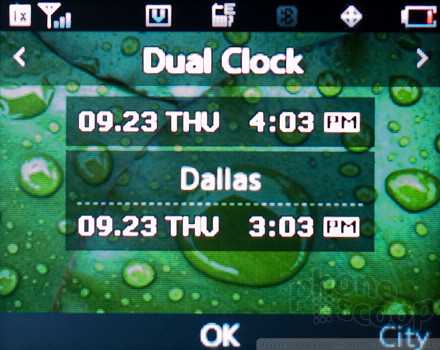
There are a few clocks you can place on the home screen, including a dual-time world clock. There is no separate lock screen for this phone, so you can always see the main clock, even when the keyboard is locked. Through most of the interface, there is no clock in the notification bar, you'll have to quit your app to check the time. There is also an alarm clock with up to 3 alarms you can set.
GPS
The phone doesn't come with CricketNavigator installed, but it is available for download. GPS features worked surprisingly well on this phone. Maps could be slow to load at first, but then the phone had no trouble keeping up on my route in and out of the downtown area. It corrected my course when I got lost. The CricketNavigator software isn't much to look at. It's better for active turn guidance, rather than for 3D maps that follow your position. But it does work well. Of all the extra features on this phone, GPS navigation is the only one that might justify the extra $10 monthly fee that Cricket charges for data. If you're going to use navigation all the time, and features like email or the Web browser occasionally, that would make the fee worthwhile.
Video Tour
Wrap-Up
The Cricket MSGM8 II is an inexpensive phone sold with an inexpensive calling and texting plan and no contractual obligations. Unfortunately, inexpensive here also means dated and behind the times. Though the hardware is perfectly adequate, and even enjoyable at times, the seriously low-end messaging features and the sedate, poorly designed interface make this a tough phone to recommend without some advanced warning.
You could also opt for the unlimited data package for a little bit more, and though the phone makes little case for the extra cost, the plan does give you free picture messaging and GPS navigation. The phone doesn't take great photos, but they might be acceptable for picture messaging. GPS is the only truly competent connected app on the phone. The Web browser is simplistic with bad scrolling control, and the MyHomeScreen widgets are sluggish to navigate and useless in practice.
The phone is lacking some key features. There is no music player, no video recorder, both of which are rare gaps, even on basic feature phones. But the MSGM8 II doesn't just lose by omission. Sound quality during calls wasn't great, and battery life was also disappointing. The Cricket MSGM8 II can handle many tasks, but nothing stands out.
In the end, the Cricket MSGM8 II gives you the most basic features in an inexpensive phone that doesn't feel cheap until you turn it on.


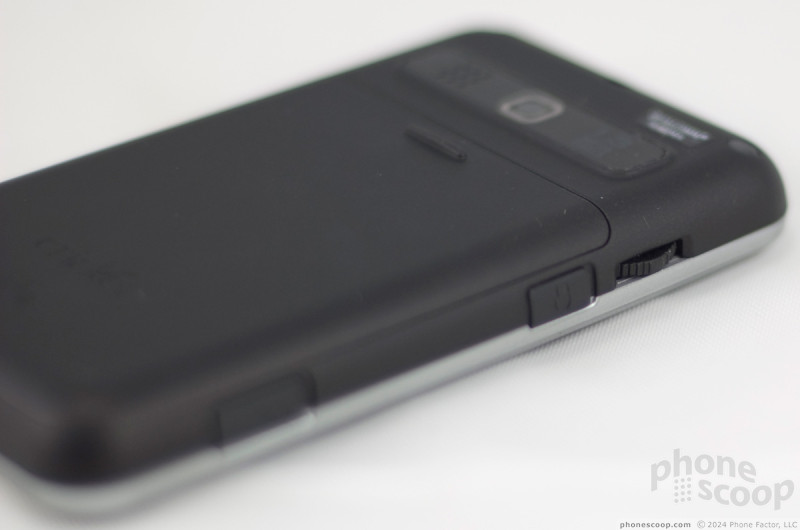









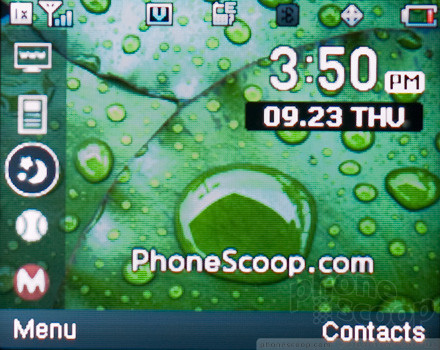








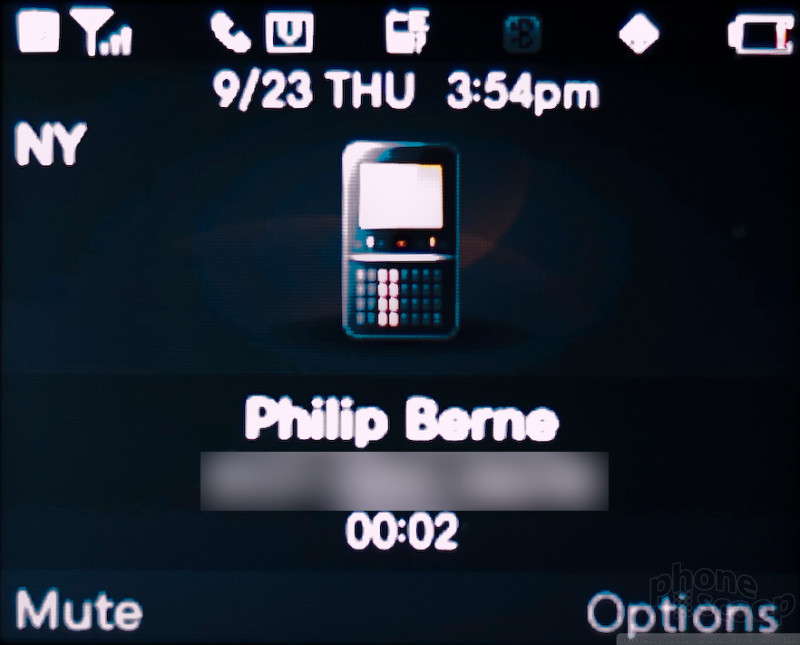




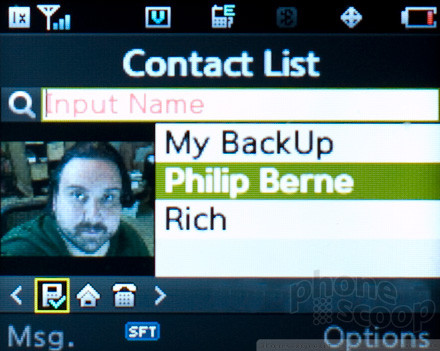


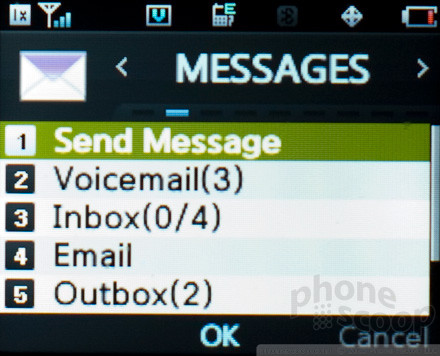



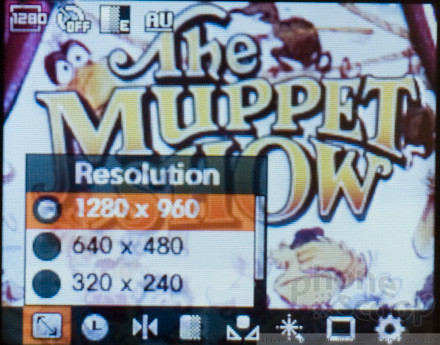


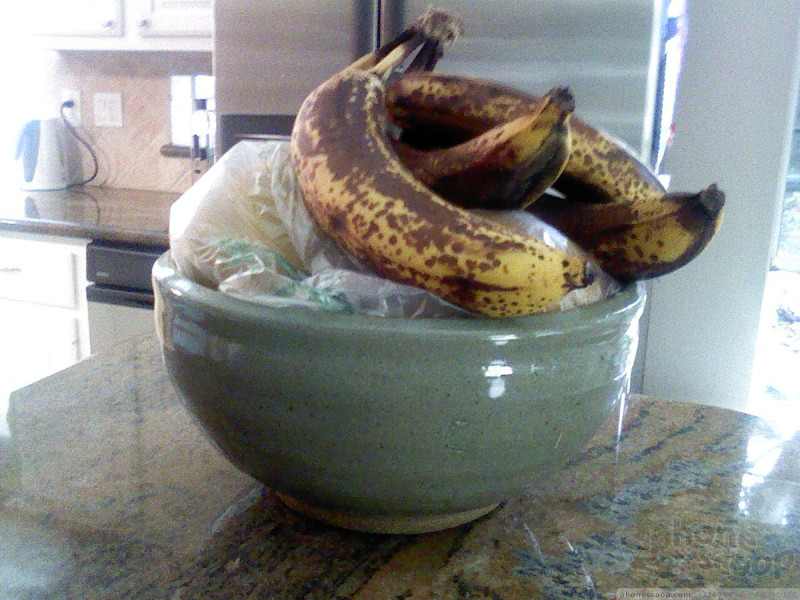









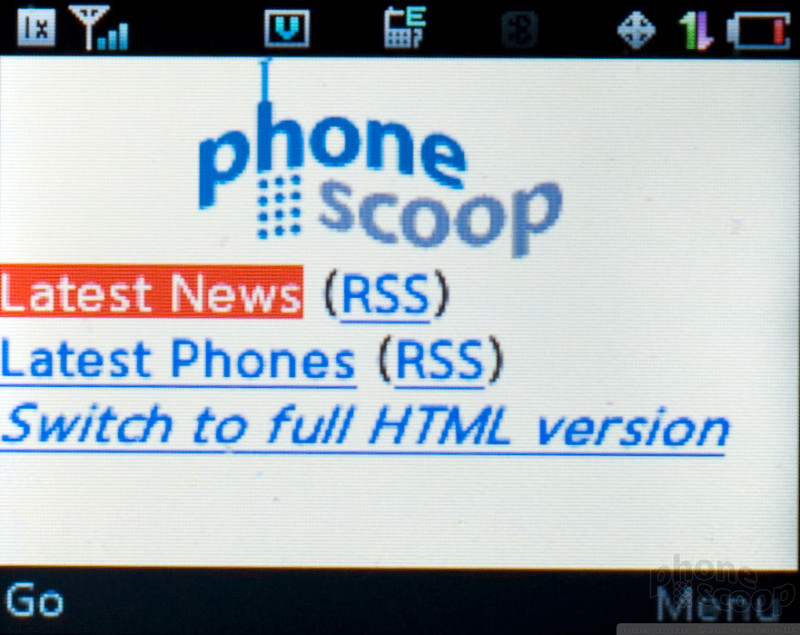




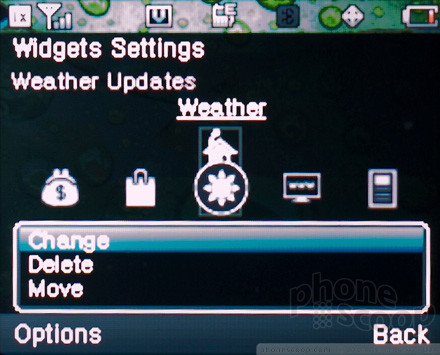


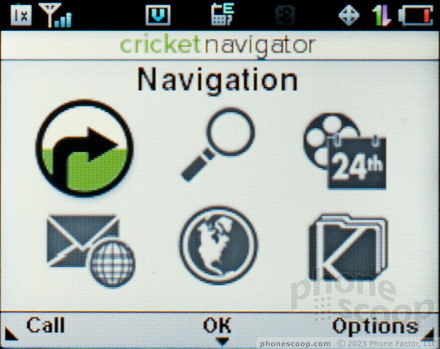



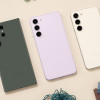 Samsung Puts its Best Camera Yet in the Galaxy S23 Ultra
Samsung Puts its Best Camera Yet in the Galaxy S23 Ultra
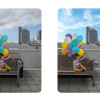 Google Photos Gaining Magic Editor
Google Photos Gaining Magic Editor
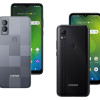 Cricket Launches More Affordable White-Label Phones
Cricket Launches More Affordable White-Label Phones
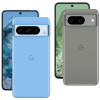 Google Pixel 8 Series Saves the Best for the Pro
Google Pixel 8 Series Saves the Best for the Pro
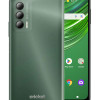 Cricket Launches Phone with 6,000 mAh Battery
Cricket Launches Phone with 6,000 mAh Battery
 ZTE MSGM8 II
ZTE MSGM8 II





